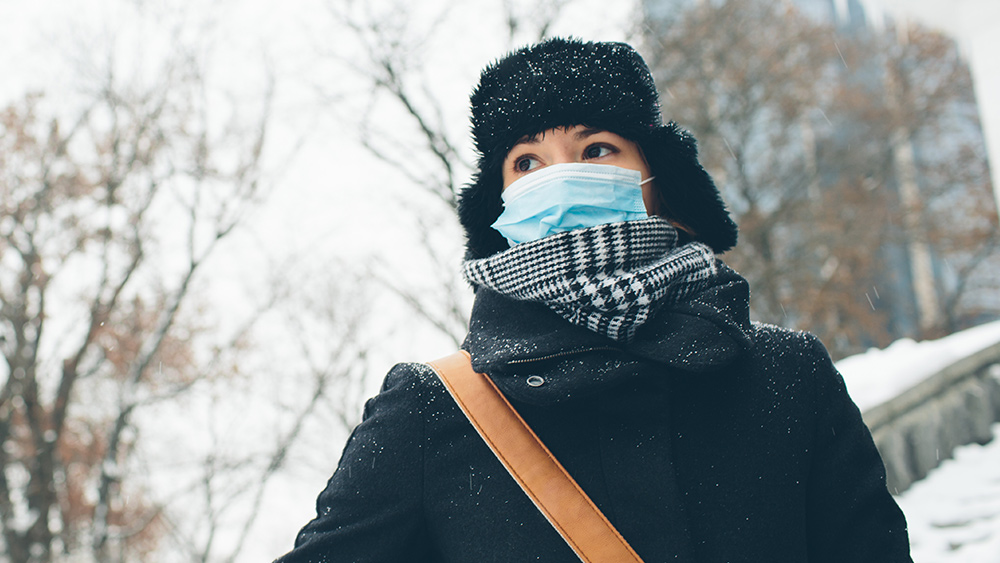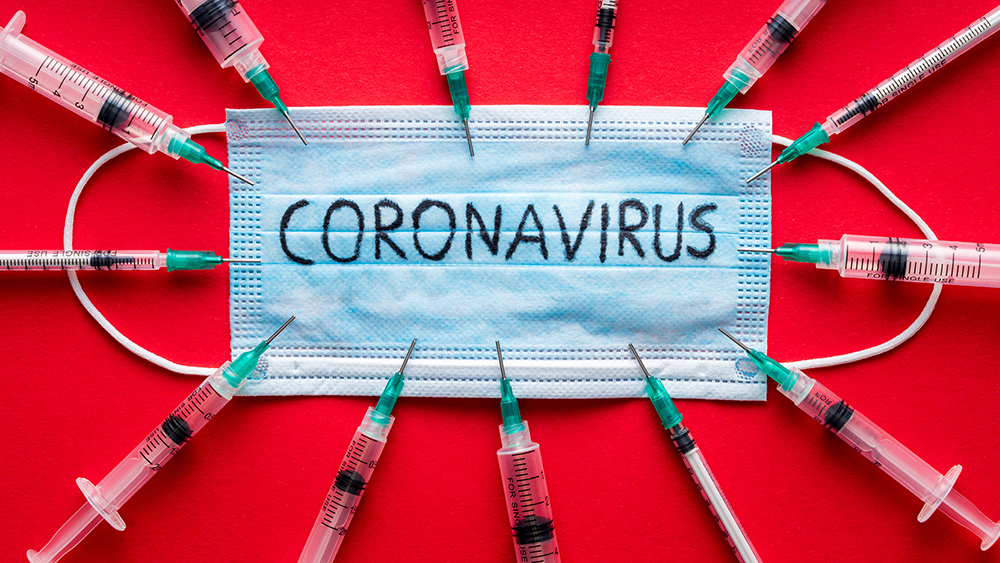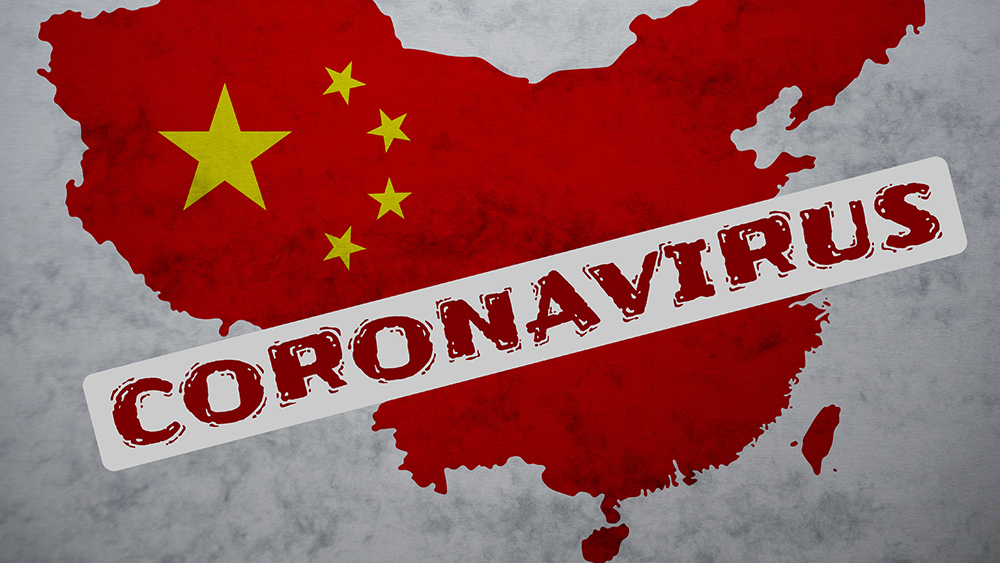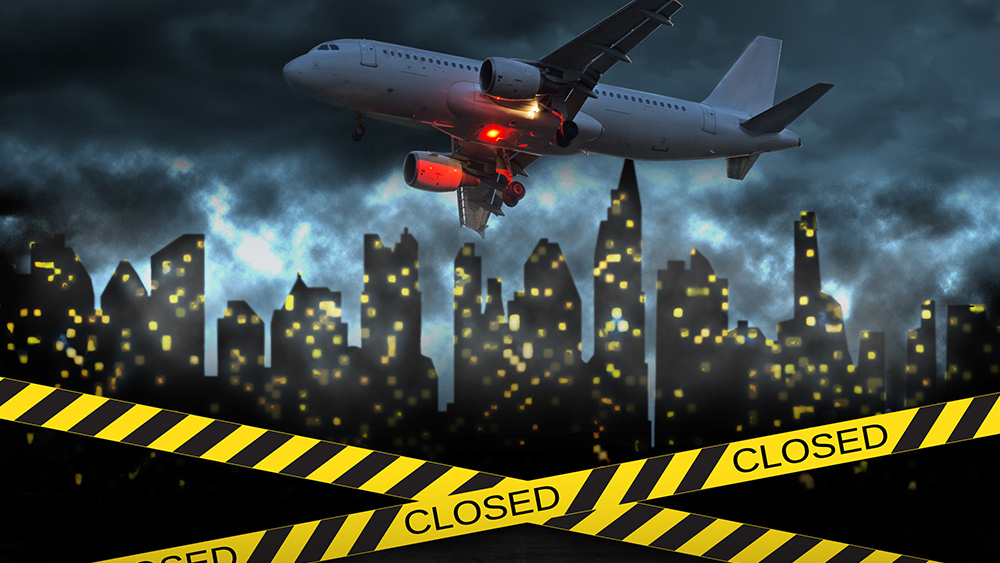Seeing through the haze of coronavirus numbers: A clear way to know the number of deaths coming for your area, based on daily deaths reported weeks earlier
04/02/2020 / By Mike Adams

Over the last week or so, there’s been a strong shift across the independent media, moving from the “hoax” phase to the “confused” phase with the coronavirus. In the hoax phase, many indy media outlets insisted the coronavirus was a hoax, saying nobody was really dying, the hospitals were all theater, and that doctors were altering death certificates to pretend everybody was dying from the coronavirus. Yes, it seems bizarre, and of course we have been fighting against the “hoax” theory from day one, but it has persisted across the indy media for reasons we can explore later (nobody has time for that nonsense right now).
Now that we’re in the “confused” stage, essentially nobody knows whose numbers to believe. There is widespread distrust in government numbers and the reliability of infection tests, both for good reason. Some scientists think the number of infected people is 100 times higher than the reported numbers, and other people think the tests are producing mass false positives, so they believe the real number of infections is far lower than what’s being reported. (For the record, many tests are producing false negatives, which means they are under reporting infections.)
As I’ve been one of the few people to have fairly accurately modeled the expected deaths from coronavirus, let me share a simple way to know where daily deaths will peak in your city or nation, based on deaths, not infections.
We no longer look at infections, since “daily deaths” is the only number we really need to tell a lot
First off, I’ve shifted all my models to looking solely at deaths, not infections. That’s because the infection numbers are too wishy washy and difficult to lend any high level of confidence. Their accuracy also varies by nation, given the political environment and testing aggressiveness (and testing accuracy) of that nation. My best guess right now is that for the USA, the actual number of infections is somewhere in the neighborhood of ten times the officially reported infections, but that’s just an educated guess, and I don’t use that number for anything.
(As a side note, my current belief is that fewer than 1% of the US population has been infected, which means we still have a long way to go on this.)
The reason I trust the death reports is because it would be nearly impossible for some grand conspiracy among doctors and hospitals across America to fake all these deaths. The deaths are real, and they are more easily and accurately counted than infections. Also, I know people who are right now living in NYC, and they give me firsthand reports of the dead bodies they’ve seen with their own eyes (and the triage tends, the dead body transport trucks, the lines of ambulances, etc.).
The other thing we know with high confidence is which day the lockdown began for each city. For NYC, the lockdown began fairly close to March 15th. It was a bit of a “rolling” lockdown, in the sense that Cuomo announced a lockdown for New Rochelle on March 10th and then expanded that over the subsequent week to other New York cities, so I’m using March 15th as the “median lockdown day” for New York as a whole.
By observing all the modeling now released by East Coast universities and endorsed by the White House, we believe that the “peak deaths” day for NYC will be almost exactly April 15th. On that day, according to the models, over 2,200 people are expected to die in the United States, with the majority of those deaths coming from NYC.
That “peak day,” April 15th, is about 30 days away from the “lockdown day.” That makes sense, given the lag time between new infections and final deaths.
So we already have a relatively reliable equation here that can be applied to all other cities across America:
Lockdown day + 30 = Peak deaths day
In other words, once a lockdown begins, the number of hospitalizations and deaths will continue to increase, peaking in about 30 days and then falling off after that day. The “slope” of the falling off depends on the compliance of the population in respecting the lockdown orders. If the local population ignores the lockdown and continues to engage in social interactions, the slope of that falloff won’t be very sharp, and the virus will continue to generate new hospitalizations and deaths for as long as the social spread continues.
In a city with very strict lockdowns, that slope will be very steep, and the number of new infections, hospitalizations and deaths will plunge toward zero (at least until the lockdowns are ended, see below).
By studying the State of New York as the model, we can learn the shape and timing of the daily deaths curve that leads to the “peak day”
If we believe that “peak day” for New York will be April 15th, and if we believe the peak daily deaths will be around 2,200, then we can ask an important question: On which day were New York daily deaths one-tenth of 2,200, or just 220?
That day was March 28th, or just slightly over two weeks away from “peak day.” On that day, New York reported 209 deaths.
A week before that, on March 21st, the deaths were less than 1/100th the expected daily deaths on “peak day.”
This gives rise to the following observations, based entirely on time and deaths, NOT using “infections” in any way:
Lockdown day + 30 = Peak day in daily deaths
Lockdown day + 15 = One-tenth of peak day
Lockdown day + 7 = Less than one one-hundredth of peak day
So if you take any given city and examine the daily deaths on lockdown + 15, that should be around 1/10th the daily deaths you will see on peak day, which will be around two weeks later.
Similarly, if you are seeing a significant number of deaths on Lockdown + 7, you should anticipate there will be at least 100 times as many deaths per day when peak day arrives three weeks later.
Naturally, these numbers will vary a little bit based on the social structure of cities. NYC’s strong reliance on public transportation made it especially vulnerable to large-scale infections.
But let’s take Louisiana as an example here. Today Louisiana had 37 deaths. When did New Orleans order the lockdown? Based on news reports, it seems New Orleans was locked down around March 17th, or roughly two weeks ago.
That means today is probably right around Lockdown + 15 for New Orleans. And since we saw 37 deaths today, we know that’s one-tenth of peak day, which is still about two weeks away.
Based on this model, we should see Louisiana (mostly New Orleans) peaking at around 370 deaths per day on April 16th or 17th.
You can do a similar assessment based on where you live and finding out which day was “Lockdown day” for your city, state or nation.
I hope this analysis has been useful. It’s a way to see through the haze of the infections numbers, which nobody seems to trust for good reason. By tracking just the deaths (and using this sort of time-based modeling), we can get a pretty good picture of where things are headed over the next few weeks, city by city, state by state.
What happens after the lockdowns end?
As I’ve explained recently, in order to end the lockdowns, four things must happen or a whole new wave of infections will once again explode across America:
1) Everybody needs to wear a mask.
2) Everybody needs to take zinc + vitamin D.
3) The government must start testing asymptomatic people to identify stealth carriers.
4) Hydroxychloroquine must be made widely available to treat serious patients.
On top of that, of course more ventilators are needed, too.
Without those four things happening, we will see a second wave of coronavirus infections in the USA this Fall, perhaps leading to a second round of lockdowns.
Sadly, Trump and Fauci are both telling America to wait for a vaccine rather than do things that can help right now.
Watch this shocking video from Children’s Health Defense to learn more about the twisted, totally corrupt “vaccine agenda” being pushed by Dr. Fauci and the White House:
And see my urgent message for President Trump here:
Stay informed, stay alive. Read Pandemic.news.
Tagged Under: coronavirus, deaths, Fatalities, infections, New York, outbreak, pandemic, peak day, predictions, projections, Public Health



















